In the previous post, I talked mostly about the mechanical operation of the Fujifilm 30 mm f/5.6 GF tilt/shift lens. In this one, I will summarize the optical performance.
Light falloff
The GF 30/5.6 T/S lens has a very large image circle for such a short focal length. This almost always comes with significant light falloff off axis. I ran some tests:

Wide open, there isn’t much falloff except in the extreme corners.

Stopping down to f/11 smooths things out somewhat.
To make if harder on the lens, let’s look at what happens with a full 15mm of shift.

Stopping down helps there, too.

Field curvature
It’s also hard to make short lenses with wide coverage that have flat focal fields. The 30/5.6 T/S has some odd waviness to its focal plane, shown below using the Roger Cicala field curvature test (Photoshop>Filter>Stylize>Find Edges). The images are composites of one shot made with the shift zeroed out and one with maximum shift.
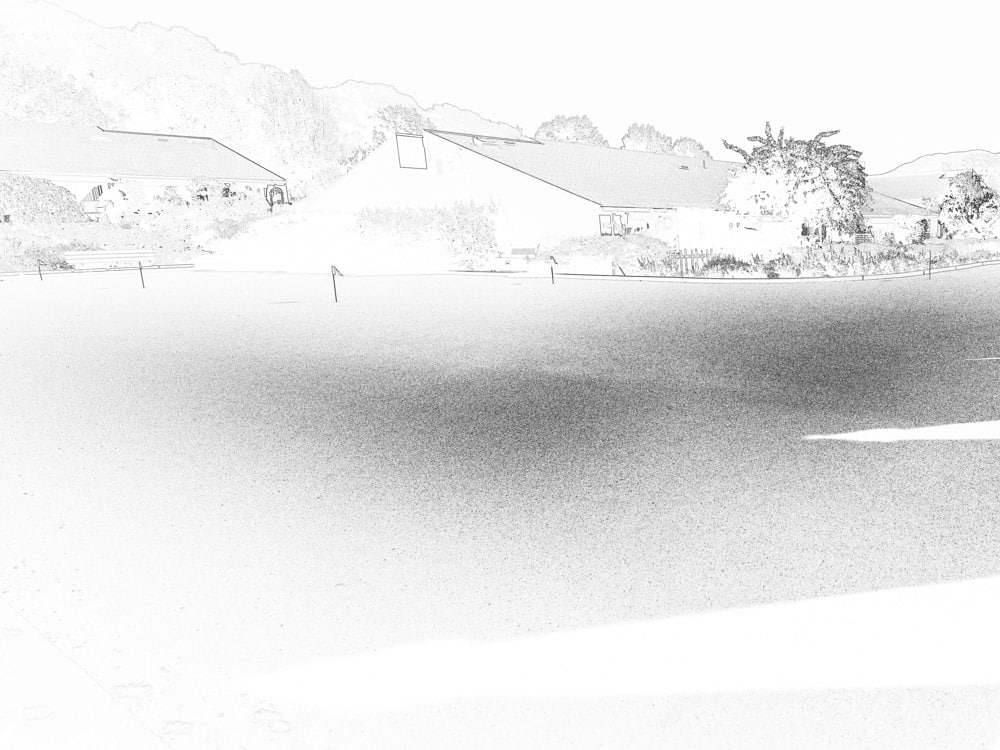
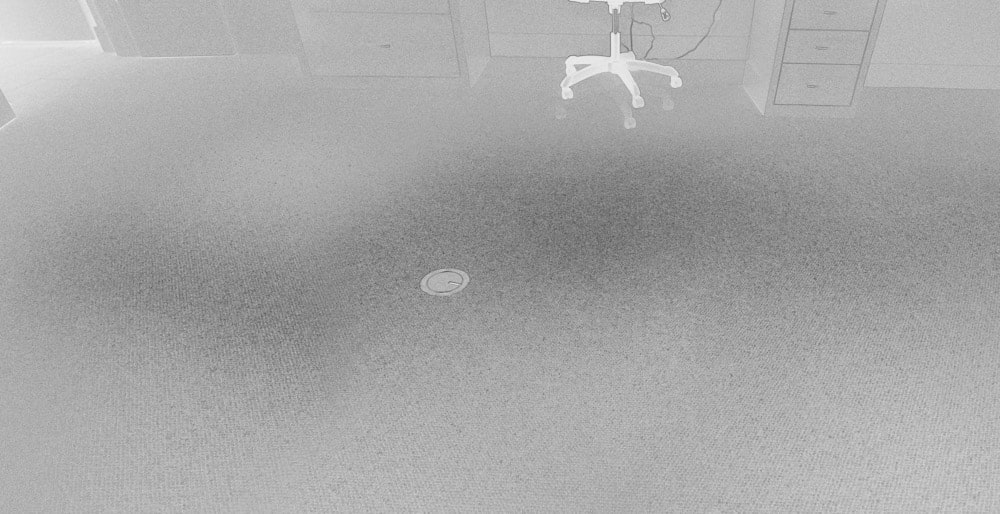
Distortion
Like with field curvature and light falloff, it’s hard to make short, wide coverage lenses with low distortion. The GF 30/5.6 T/S lens has a bit of distortion when shifted, but in general is a good performer in this respect.
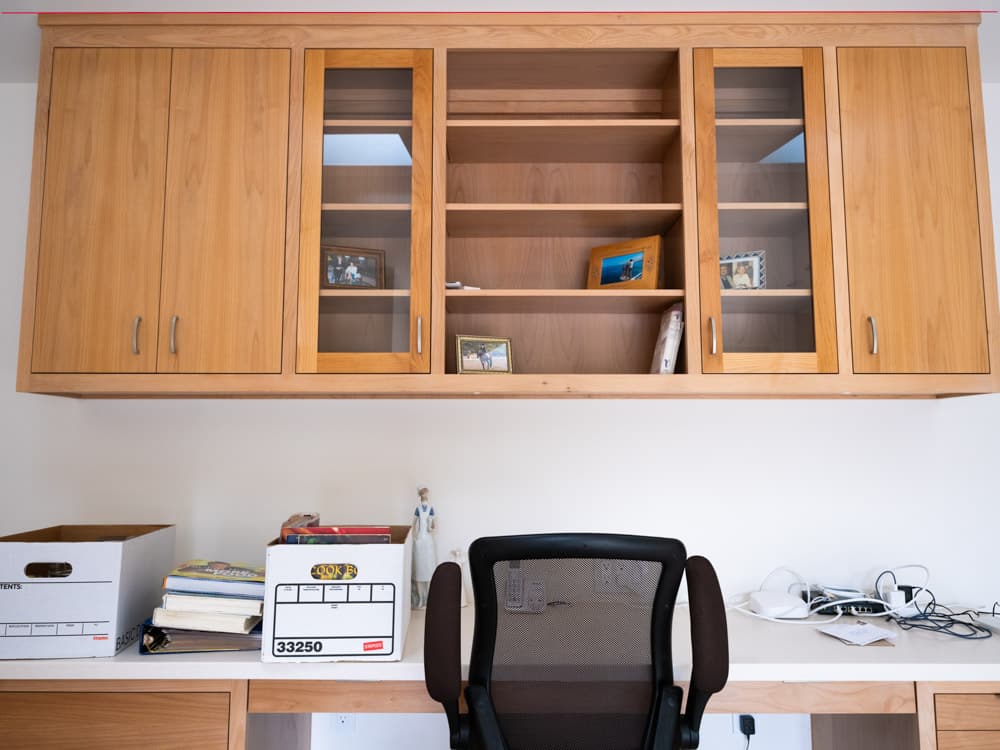
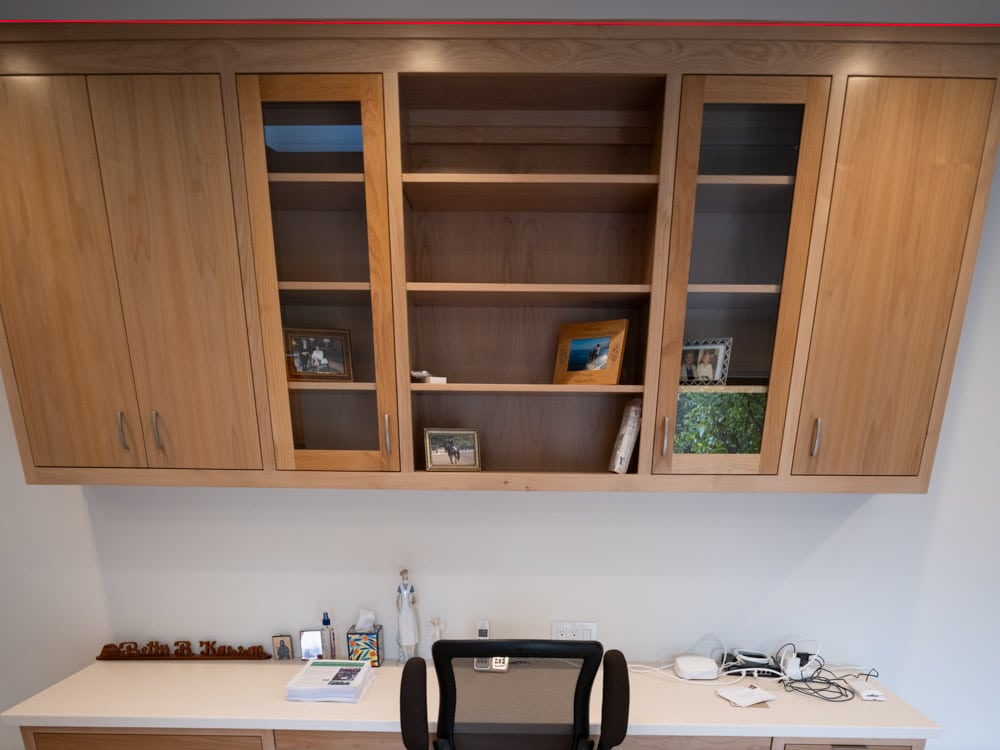
Sharpness
On axis, wide open, this lens is sharp as the proverbial tack.
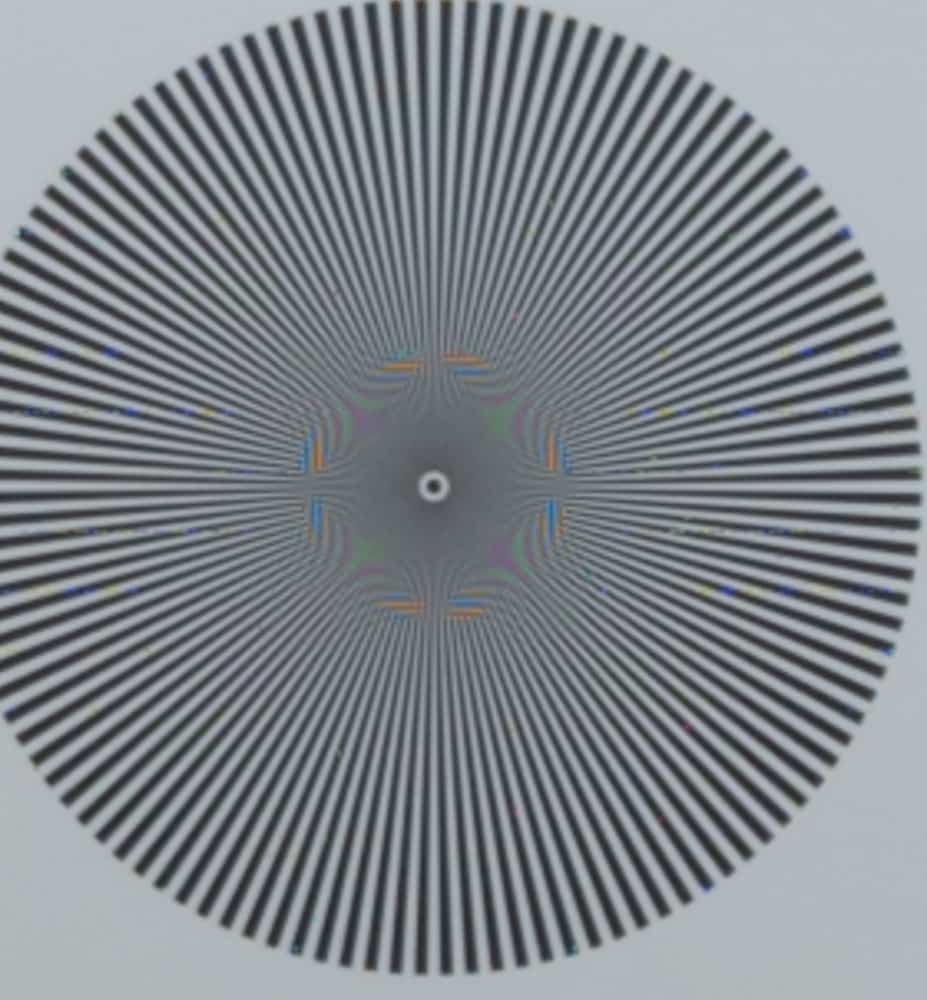
Stopping down to f/8 provides no significant improvement, and stopping down further reduces sharpness due to diffraction.
Looking a the right edge with no shift also yields good performance, and a bit of astigmatism.
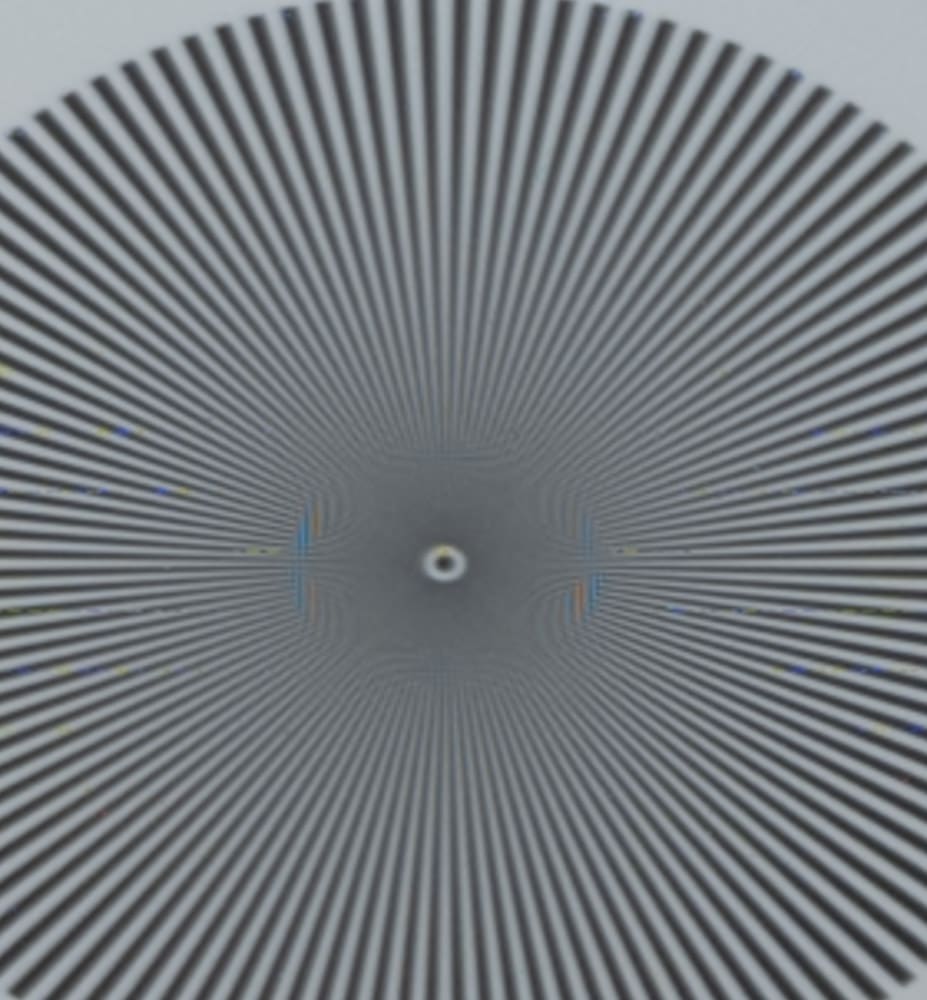
Shifting top make the above test more difficult:
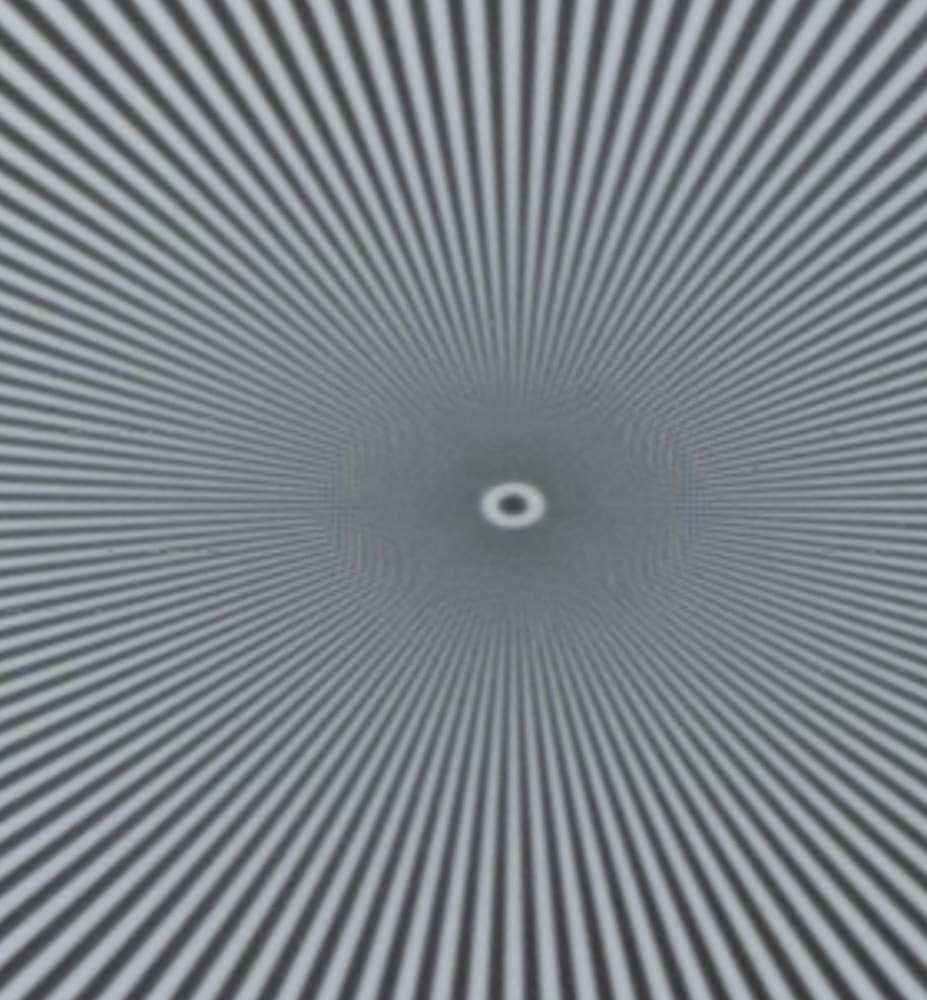
Still pretty sharp, and more astigmatism. There’s enough astigmatism that when focusing you need to decide which direction you want to faovr.
Let’s look at the edge with maximum shift at f/8:
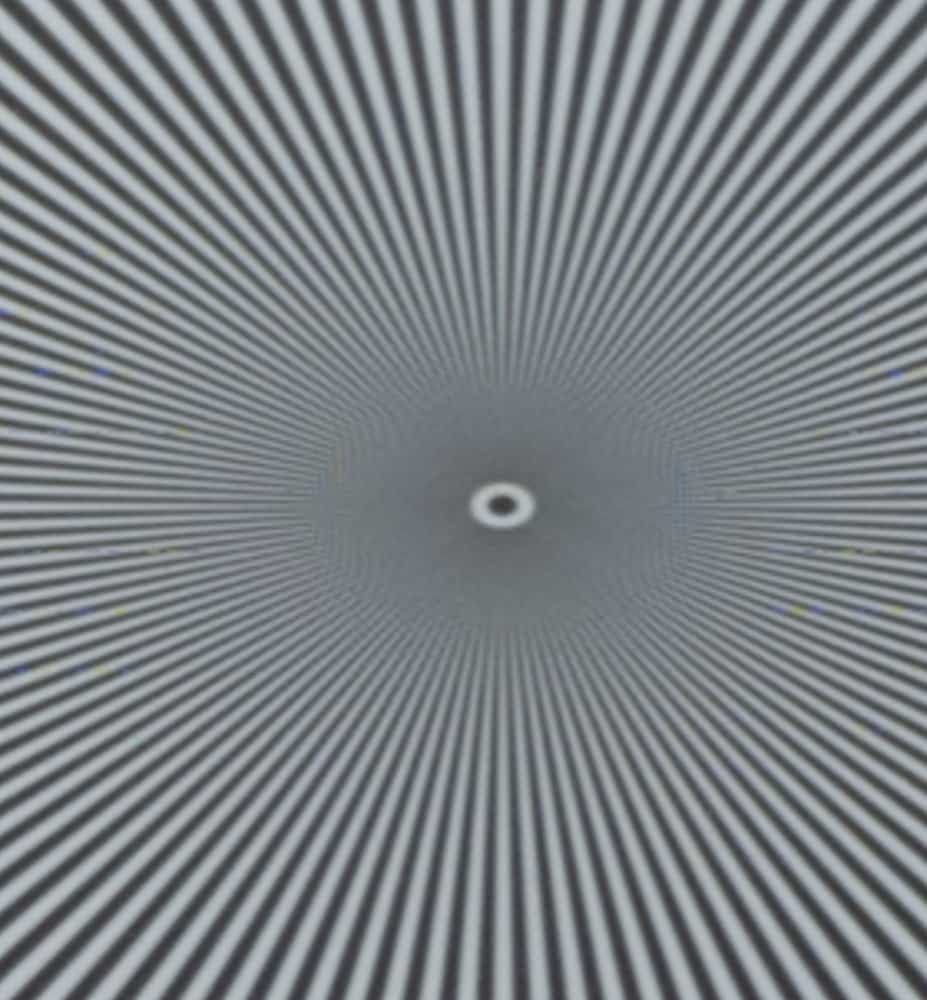
Not really any better.
Stopping down another whole stop makes things worse.
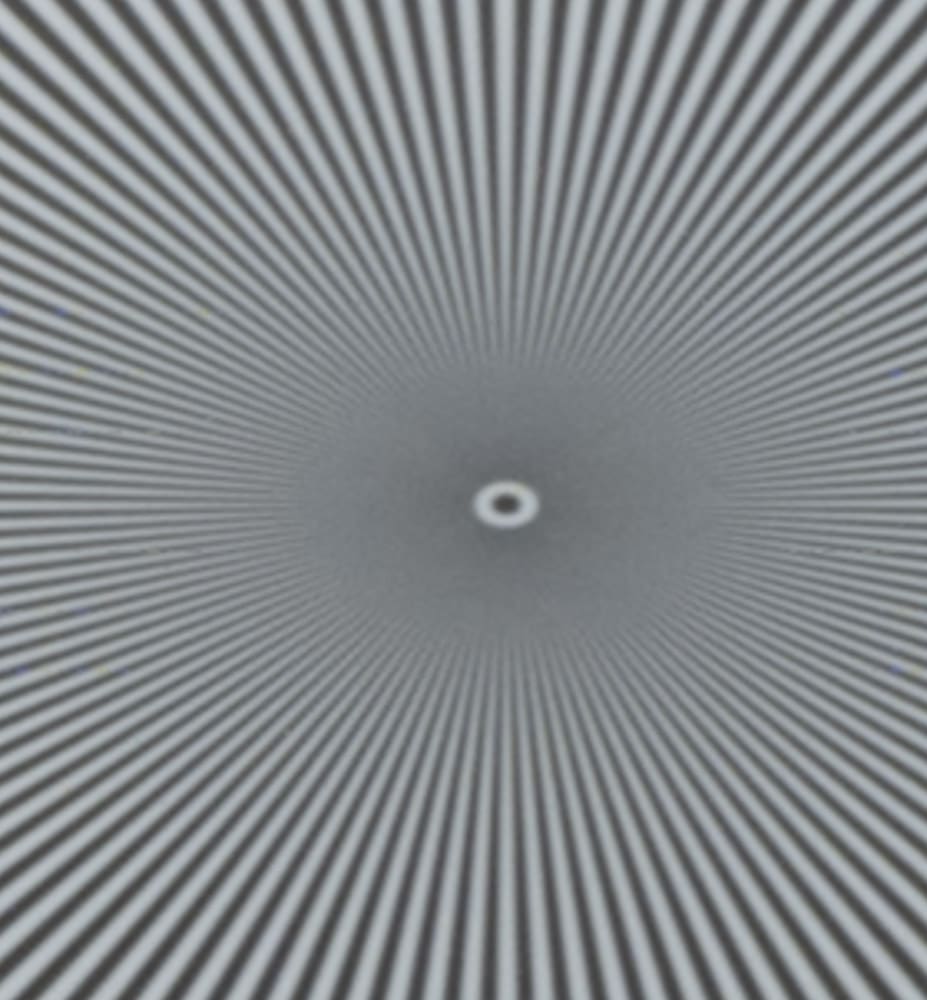
This is a very impressive lens!
Leave a Reply